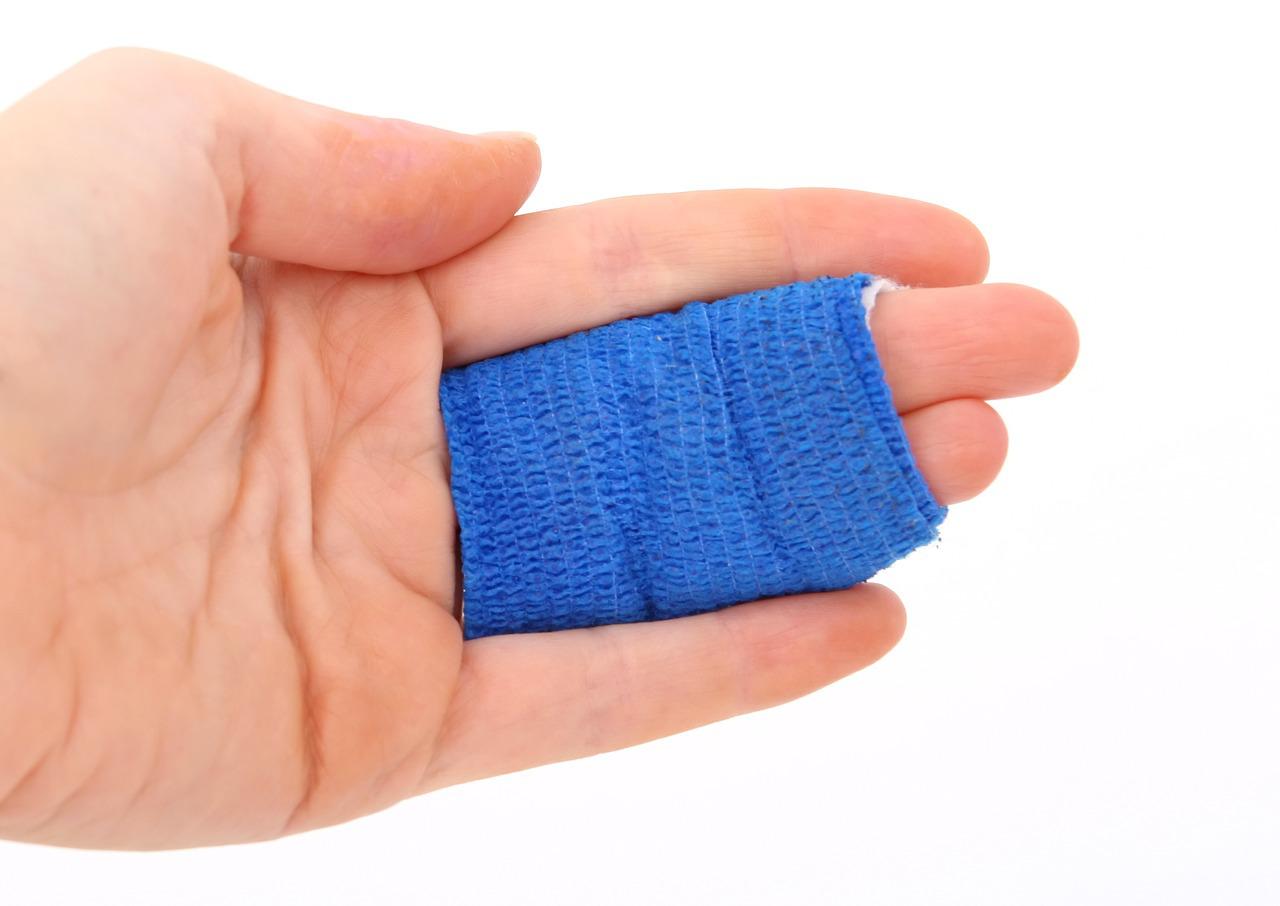5 First Aid Do’s and Don’ts For Burns
A burn is one of the most common injuries, both in the workplace and at home. Burns can range in severity from minor to life-threatening, and they should all be taken seriously. Third-degree burns can never be treated at home as they often require skin grafts, IVs, and antibiotics.
The risk of secondary infection is high with any bad burn and you need to seek medical attention as soon as possible. Immediately after a burn, there are a few things that you should do and some others that you certainly should not!
Below are five do’s and don’ts for burn first aid:
- Cool the Burnt Area
In the case of mild to moderate burns, you must cool the affected area with cold water for at least 20 minutes. That will help to limit the damage done to deeper skin tissues. Coldwater also helps in the case of chemical burns, as cold water helps to dilute the harmful chemical substances.
You can also use a cold pack to cool the area down; just make sure that it is wrapped in a clean cloth first. Don’t apply ice directly to burns as that can cause more tissue damage.
- No Butter
The old housewives tale of applying butter to draw out a burn couldn’t be more wrong if it tried. Hey, that was a long time ago and people didn’t know all that much about first aid – but now we do.
Applying butter or other greasy substances to a burn will make things worse because the grease slows the release of heat from the skin. You’ll trap the burn into the wound – which is the opposite of what you want to do in a burn emergency.
Burn first aid is different to regular first aid, you need to have an experienced first aider to treat you.
- Document the Event
In the case of a burn injury at work, you need to document the event. Gather evidence so that the cause of the accident can be found. Burn injury settlements can run into the hundreds of thousands, so you will need to have all your ducks in a row.
You have every right to ask for CCTV footage of the event, as this can help you to make your case.
- Secondary Infections
Treat bad first-degree burns with an over-the-counter antibiotic ointment and cover the wound loosely with gauze. The risk of secondary infection is high, especially if you’re outside.
Antibiotic ointments are readily available for burn first aid and will help until you get to a doctor for an assessment.
- Don’t Burst Blisters
Never burst burn blisters. Bursting blisters will increase your risk for infection, which is already elevated. Keep an eye on the affected area over the next few days and look for signs of infection. These signs include pus emerging from the wound, burn discoloration and fever.
If you’re ever in doubt or feel like you are in over your head, cause the paramedics. They will be able to advise you over the phone on what the best course of action is.

